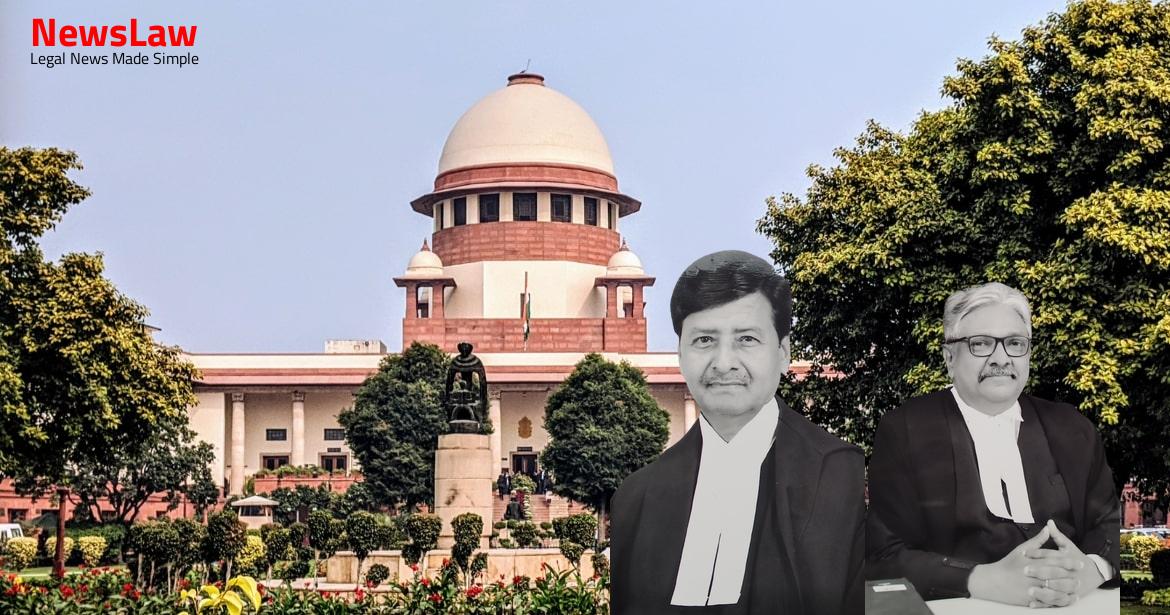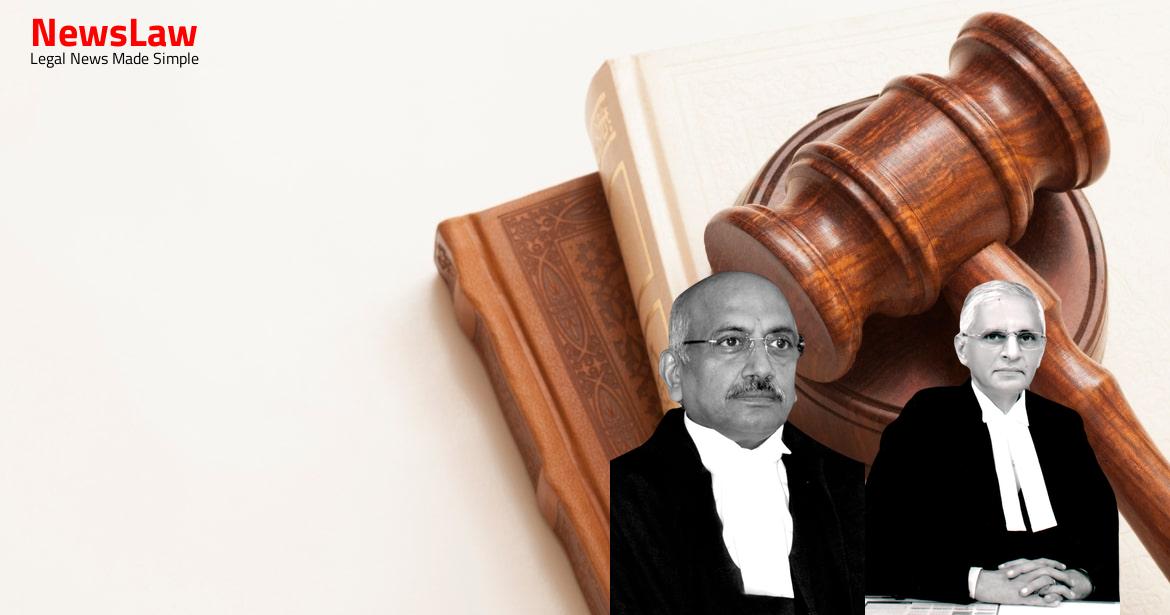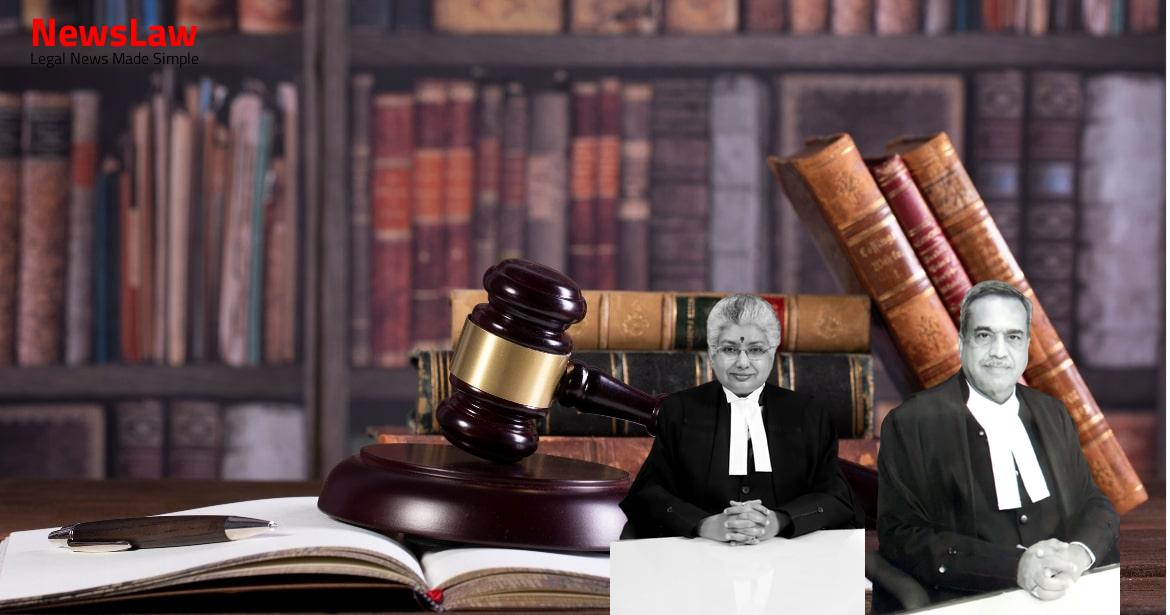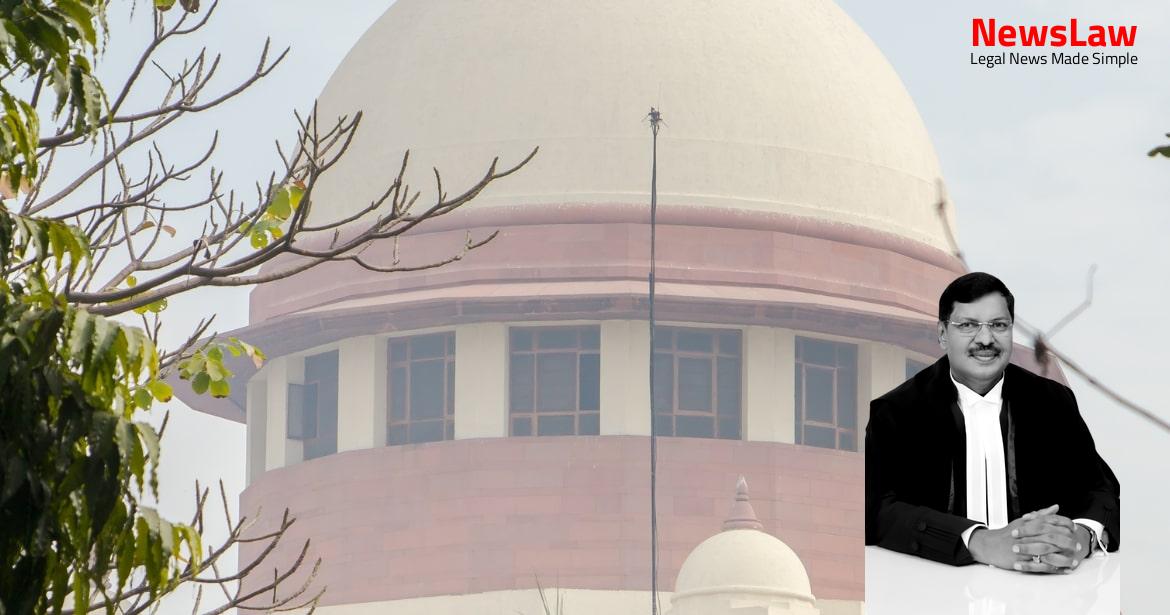This summary delves into the legal analysis by the court in a case challenging the impugned amendments in the Insolvency and Bankruptcy Code. The focus is on dissecting the intricacies of the amendments and their implications on the existing legal framework. Stay tuned for a deep dive into the court’s examination of the ramifications of the amendments.
Facts
- Petitioners approached the Court under Article 32 of the Constitution of India.
- Impugned amendments in question are Sections 3, 4, and 10 of the Insolvency and Bankruptcy Code (Amendment) Act 2020.
- Section 3 of the impugned amendment amends Section 7(1) of the Insolvency and Bankruptcy Code, 2016.
- Argument raised based on Section 20 of the Code of Civil Procedure (Amendment) Act, 1951, extending the Code to Madhya Bharat.
- Section 4 of the impugned amendment incorporates an additional Explanation in Section 11 of the Code.
- The High Court upheld the contention of the judgment debtor that the decree could not be executed as being of the foreign court.
- This Court reversed the High Court judgment.
- Provisions of CPC enforced in Madhya Bharat did not confer the right claimed by the judgment debtor.
Also Read: Legal Analysis of Lease Deed Commencement Date
Issue
- The first question was whether the appellant’s conditional purchase made him the holder of an original conditional purchase under the Act of 1884.
- Another question was whether the appellant had the right to purchase additional conditional purchases of adjoining crown lands under Section 22 of the Crown Lands Act of 1884.
- The final question was whether the appellant, if entitled to additional conditional purchases, was also entitled to the conditional lease he had applied for.
Also Read: Analysis of Jurisdiction and Exemption in ESI Act Case
Arguments
- Petitioners argue that the impugned amendment is arbitrary and goes against principles set forth in previous cases.
- They contend that the conditions imposed by the amendment make the remedy illusory and impracticable to fulfill.
- The petitioners stress that the amendment takes away the vested right of home buyers who had already initiated applications under the previous regime.
- They point out the practical difficulties in meeting the numerical requirements set by the amendment, especially when allottees are spread across different locations.
- Petitioners highlight the lack of information and cooperation mechanisms among home buyers, making it challenging to gather necessary support under the new provision.
- The petitioners argue that the amendment is in violation of Article 14 and other relevant laws, as it treats unequals equally and imposes unjustifiable thresholds specifically on home buyers.
- They criticize the vague and arbitrary nature of the amendment, pointing out inconsistencies and impracticalities in its application.
- Petitioners also stress that the impugned amendment undermines the rights of home buyers to seek recourse under the Insolvency and Bankruptcy Code.
- They draw parallels to other laws and cases to support their argument that the impugned provisions are unjust and unreasonable.
- The petitioners raise concerns about the retrospective effect of the amendment and its potential to disrupt ongoing legal processes initiated before the enactment of the new provisions.
- Petitioners argue that the provisos in regard to the immunity granted to corporate debtors and their assets acquired from the proceeds of crimes are unworkable.
- Petitioners claim that the immunity and lack of criminal liability for offenses committed by the previous management could endanger the interests of allottees and creditors.
- The Union’s stance, as presented by Smt., is in opposition to the petitioners’ arguments.
- The petitioners’ counsel vehemently contends that real estate developers, if to be brought under the Code, should be treated like operational debtors.
Also Read: Legal Analysis of Toll Plaza Location Rule Violation
Analysis
- Scope of identification of entities in Pioneer case paragraph-49
- Absence of scope for identification in the current case
- Lack of numerosity reference for identification in the current case
Decision
- The Amendment Act, 2020 received the assent of the President of India on 13.03.2020.
- The Amendment Act is deemed to have come into force on 28.12.2019.
- The Ordinance inserting the same Explanation was brought into force on 28.12.2019.
Case Title: MANISH KUMAR Vs. UNION OF INDIA (2021 INSC 28)
Case Number: W.P.(C) No.-000026 / 2020



